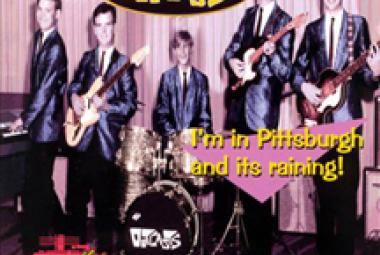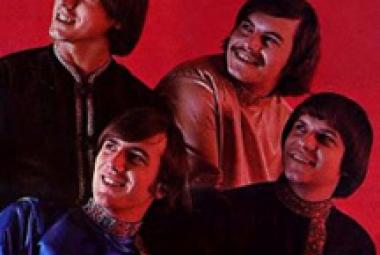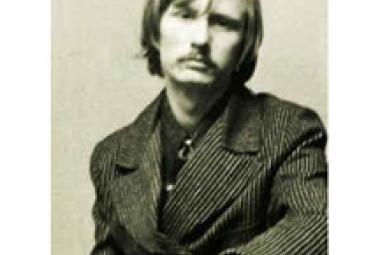Peter, Paul and Mary – Peter, Paul and Mary (1962): Peter, Paul and Mary came out of the folk revival of the early 1960’s and became surely the most popular American folk group in history. Besides traditional folk songs that constitute much of their debut album, Peter, Paul and Mary – one of the few folk music albums to reach Number One on the Billboard album charts – Peter, Paul and Mary also successfully recorded contemporary songs like “Leaving on a Jet Plane” (1969) – written by a then-unknown John Denver – and became known for their children’s songs like “Puff (the Magic Dragon)” and the light-hearted humor that suffused their concert performances and also such songs as “I Dig Rock ’n’ Roll Music”. More than a few of their songs have social commentary, including two songs on Peter, Paul and Mary, “If I Had a Hammer” and “Where Have All the Flowers Gone?” – both were written or co-written by Pete Seeger; in fact, Seeger wrote about one-half of the songs on the album. But by now, Peter, Paul and Mary might be best known for basically launching the career of Bob Dylan when their hit version of his song “Blowin’ in the Wind” (1963) went to #2 on the Billboard singles chart. Peter, Paul and Mary includes the trio’s first hit song, “Lemon Tree”, with “If I Had a Hammer” doing even better on the charts. Other highlights are “500 Miles”, the gospel songs “This Train” and “If I Had My Way”, and “Sorrow”. As part of an Under Appreciated Rock article that I wrote on songwriting, and citing Peter, Paul and Mary as an example, I noted that songwriting credits were not handled all that scrupulously in past years, including most of the 1960’s. For songs that are in the Public Domain, it was fairly common for musicians to list themselves as the songwriters. On Peter, Paul and Mary, Peter Yarrow is shown as the writer of “This Train” (this gospel song dates back at least as far as 1927 and had been a hit in the 1930’s for Sister Rosetta Tharpe); Yarrow and Paul Stookey are said to have written “Sorrow” (better known by its full name “Man of Constant Sorrow” or “Maid of Constant Sorrow” and dating from 1913, both Bob Dylan and Judy Collins recorded the song in the same time period; and “Man of Constant Sorrow” was also prominently featured in the 2000 film O Brother, Where Art Thou?); and “If I Had My Way” shows a songwriter of Rev. Gary Davis (earlier versions of this traditional song exist under the probable original name “Samson and Delilah”, “If I Had My Way I’d Tear the Building Down”, and “Oh Lord If I Had My Way”, the latter by Blind Willie Johnson from 1927). The more proper songwriting credit in these cases is, say: “Traditional – arranged by Peter Yarrow”.





